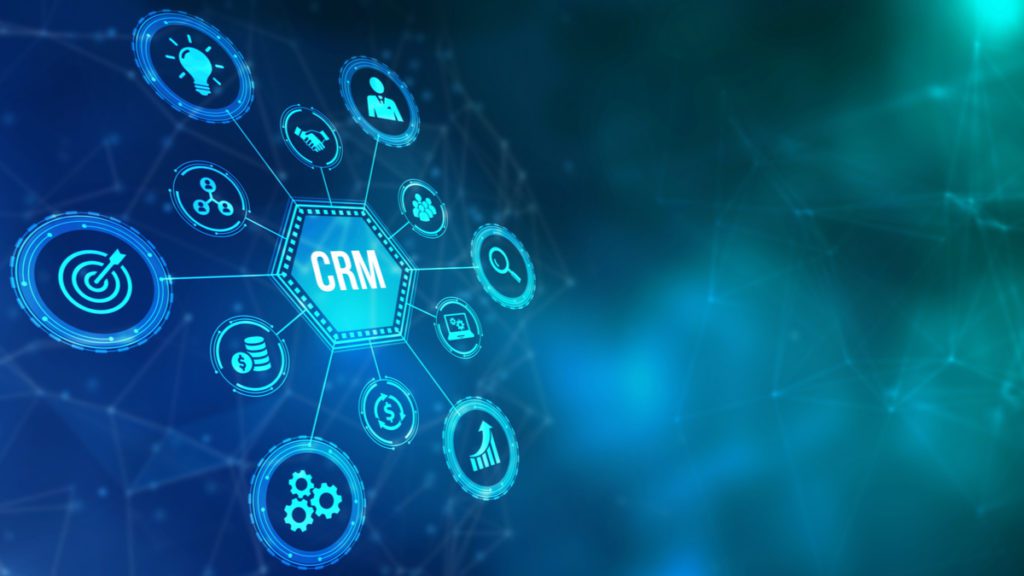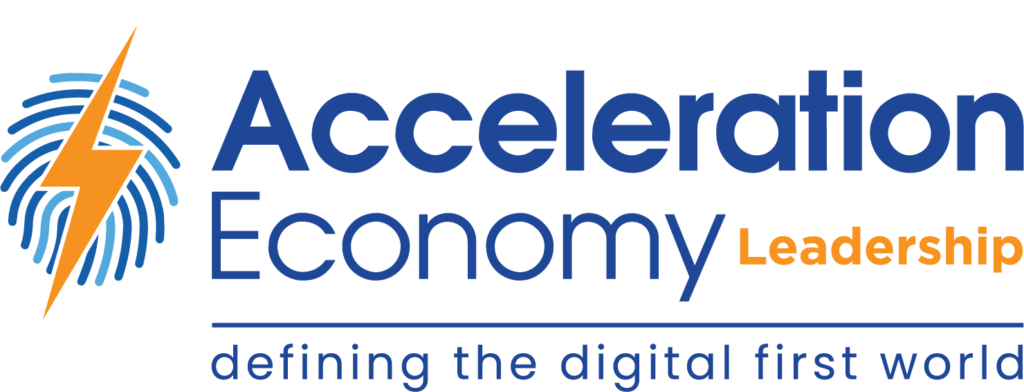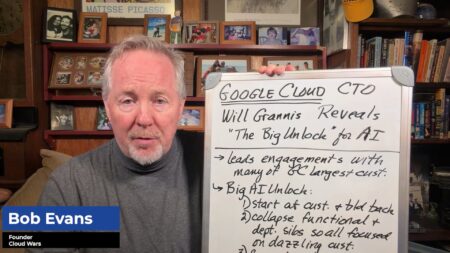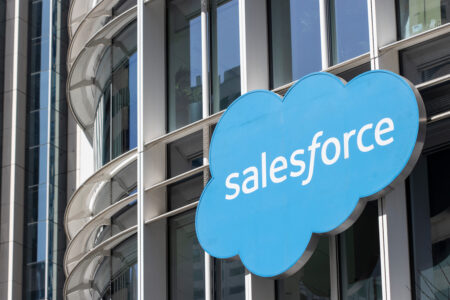Customers are at the heart of every firm—they’re what keeps the firm in business. Executives have always hungered for information about customers: who they are; what they bought; how much—and how fast—they paid; how satisfied they are; and on and on.
Even before computers, firms compiled customer information, which was often written on paper cards. Having data is one thing; finding it was quite another thing in pre-computer days.
A Brief Historic Timeline
Thus, the ‘edge-notched’ (or ‘needle’) card was invented over 100 years ago. These cards had their edges notched or punched based on a fact they contained (think of it as a ‘column’ in the database world). A query was ‘run’ by pushing long, thin rods (needles) through the card stacks. The answers literally fell out of the stacks based on which cards got impaled.
Managing relationships, in addition to mere facts, about customers is credited to FDR’s campaign manager, James Farley. A ‘Farley File’ contains information about political relationships, but the concept is equally valuable in business.
In the 1980s, the concept of ‘database marketing’ emerged, and software was written to handle massive amounts of data and the complex relationships that marketers and sales executives realized they needed.
Around that time, a Dallas TX firm, Conductor Software, developed a simple Customer Relationship Management (CRM) application they named ‘Activity Control Technology,’ which was later shortened to ‘ACT’ (and that application is still being sold as ‘Act!’ 36 years later).
Some industries were quick to embrace the notions of database marketing and customer relationships. As a Financial Services CIO/CTO in the 1980s, I used ‘Householding’ products that attempted to harmonize and aggregate disparate account data across multiple systems for, not just one banking customer, but for each customer’s entire family, or ‘household’.
Data validation and maintenance were major problems, but the value of householding drove large CRM investments in that industry. Later ‘Know Your Customer’ (KYC) and ‘Anti-Money-Laundering’ (AML) industry regulations continue to drive specialized ‘CRM-is’ investments to this day.)
The 1990s marked the emergence of modern enterprise-scale CRMs, typified by Siebel Systems, and introduced the related concept of SFA: ‘Sales-Force Automation.’ SFA tools allow specification of the complex sales processes (seen most often in the B2B world) in software. Then, the SFA tool tracks process execution by salespeople and the specialists who support them.
Development in the Last 2 Decades
The last 20+ years saw the introduction of additional CRM and SFA add-on capabilities such as Product Configuration and Product Lifecycle Management to manage the increasing product complexity and configurability required by customers.
In the last fifteen years, we’ve seen an increasingly rapid migration from legacy systems architectures—software designed to be installed and maintained by customers’ IT departments—to modern SaaS architectures that run in hyperscale cloud and handle millions of customers and billions of transactions.
Salesforce pioneered this SaaS cloud architecture. However, today, it may be the most common delivery model. Although some CRM systems still live in the past, using legacy architectures shifted to Cloud infrastructures.
Selecting a CRM System in 2022
Nowadays, one should look for a few things when selecting a CRM system. Let’s take a brief look at them:
SaaS Architecture
Unless you have particular requirements or industry constraints[1], Software-as-a-Service (SaaS) CRM is the way to go. SaaS is more than a ‘flavor of the month’ fashion statement. Proper SaaS design and operations principles speed innovation, reduce defects, improve security, and allow faster (or cheaper) implementation and customization by the customer. These are real business benefits and should not be taken lightly. “Our software is legacy, but we do all that cool stuff too”: NOT).
Application Ecosystem
Apple and Android created online ‘stores’ that allow you to easily purchase and install applications on your phone without worrying whether the app will integrate with the basic phone features. Most users don’t give that seamless interoperability a second thought, but it’s a triumph of thoughtful architecture, rigorous testing, and robust toolsets[2].
Top CRM vendors incorporated similar design principles into their products and operate ‘app stores’ that allow relatively straightforward integration of additional capabilities into their core products. This distribution mechanism eases the burden on internal IT staff and reduces your cost for specialized integrators.
Industry Cloud
SaaS vendors all provide generic capabilities: add a prospect, assign a rep, propagate address changes, etc. Traditionally, the software customer or their integrator had to buy and integrate, or custom develops, applications tailored to an industry (e.g., healthcare), market (e.g., long-term care), or geography (e.g., Europe).
A welcome trend among leading CRM vendors is incorporating industry-, market-, and geography-specific customizations. These customizations may be included in the CRM vendor’s product—perhaps at extra cost—or offered via the ‘app store’.
The best vendors employ industry veterans and ask their customers questions, or even co-create customizations with leading customers[3]. The resulting Industry Clouds create ongoing competitive, plus time-to-value, advantages for most firms.[4]
Customization and Low-Code
Even with app stores and Industry Cloud offerings, organizations have unique needs based on their ‘secret sauces.’ In the bad old days, IT—or a specialized, expensive consultant—was tasked with modifying CRM software to work exactly as desired. Remember, that software modification is ‘the gift that keeps on giving’: once you change a software package, you own the changes forever and must spend time and money keeping the changes up to date.
SaaS CRMs are often designed to be configured rather than customized, using simple graphical tools to add fields, change screens, and create workflows that suit your needs. The best CRMs go a step further: they include a built-in low-code programming environment.
With such a low-code tool, the need for IT expertise is minimized: business users who know how business processes work—or should work—can modify and even extend the CRM’s functions without learning complex programming and database systems.
This ‘citizen development’ provides a tremendous business advantage by allowing faster and cheaper adaptation to changing circumstances.
Powerful Business Intelligence and Analytics
Once upon a time, software vendors provided a set of sample reports written by programmers, leaving the customer to design and develop desired reports. The next evolution included a simple report writer tool, such as Crystal Reports, that allowed reports to be more easily built—but these tools were often underpowered and were limited to accessing only the vendor’s data.
Modern SaaS CRMs include far more robust reporting and real-time analytics tools that may even allow other relevant data—from an ERP, for example—to be incorporated into the calculations.
Artificial Intelligence
Customer and prospect data is voluminous, and understanding the many complex interrelationships among data elements can be pretty opaque. Earlier CRMs might have needed full-time Data Scientists to validate data and model these relationships, but that’s slow and expensive.
So, modern CRMs incorporate AI capabilities that help business users validate data and then construct and test relationships that underlie better and faster decisions. AI isn’t yet a replacement for Data Scientists, but today’s level of investment is quickly pushing the envelope.
Final Thoughts on CRM Systems
Today’s Industry Cloud SaaS CRM systems have come a long way from the days of needle cards. Firms that invest in such products today—and that nurture a culture that can absorb the rapid changes SaaS delivers—will reap benefits far into the future.
- These include specialized security requirements, geographic or national laws, and regulations, or even $Billions invested in high-performance mainframe applications. ↑
- Yes, I know this isn’t always seamless and sometimes quite troublesome, but the quality is remarkable considering the millions of apps, billions of devices, and the constant flow of patches, upgrades, and changes flowing through this process. ↑
- Look at Walmart & Goldman Sachs co-creation. ↑
- At the 18-minute mark in this video, I explain why 80+10+10 = 1/3+1/3+1/3 and why that makes Industry Clouds game-changers. ↑
Want more tech insights for the top execs? Visit the Leadership channel:










